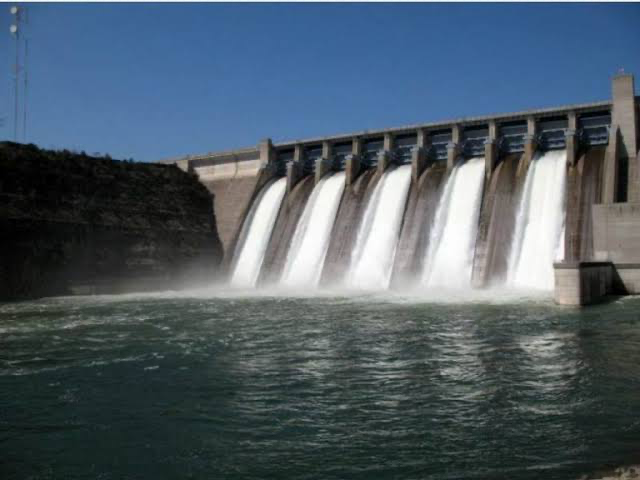KEY POINTS
- Ethiopia inaugurated the $5 billion Grand Renaissance Dam, Africa’s largest hydropower project.
- Egypt fears the dam could choke its Nile water supply and has threatened retaliation.
- The GERD, mostly domestically funded, has become a symbol of Ethiopian unity and sovereignty.
Ethiopia has formally launched the Grand Ethiopian Renaissance Dam (GERD), Africa’s largest hydroelectric dam, pressing ahead with an ambitious $5 billion undertaking that promises power for millions while intensifying a decades-long dispute with Egypt over Nile waters.
The ceremony marked a historic moment for Prime Minister Abiy Ahmed’s government, which has long cast the dam as a cornerstone of Ethiopia’s economic transformation. The facility, built on the Blue Nile in the Benishangul-Gumuz region, is expected to generate 5,150 megawatts at full capacity — dwarfing the 750 megawatts currently produced by its two operational turbines.
Abiy said the GERD will light homes for the half of Ethiopia’s 120 million people still off the grid and supply surplus power to neighbors hungry for cheap electricity. “The Renaissance Dam is not a threat, but a shared opportunity,” he told lawmakers earlier this year, framing the project as a force for regional development.
Egypt fears existential threat as dam powers up
Cairo has viewed the GERD with deep suspicion since its foundation stone was laid in 2011. Egypt relies on the Nile for about 90% of its freshwater and fears the reservoir could cut flows during droughts, undermining agriculture and threatening livelihoods. Officials cite colonial-era water treaties to argue that Addis Ababa’s unilateral push violates international law.
On Monday, Egyptian Foreign Ministry spokesman Tamim Khallaf warned his country would “exercise its right to take all the appropriate measures to defend and protect the interests of the Egyptian people.” Sudan, caught between the two giants, has demanded legally binding rules for filling and operating the dam, even as it eyes potential benefits from flood control and power imports.
Former U.S. President Donald Trump once warned the standoff could end with Egypt “blowing up that dam,” though his administration failed to broker a deal. Years of African Union–mediated talks have yielded no lasting accord.
For Ethiopia, the dam’s completion represents both a triumph of sovereignty and a rare symbol of unity in a nation riven by conflict. Nearly all of its financing came from domestic sources, with 91% covered by the central bank and the rest raised through bonds and donations.
Independent researchers say Ethiopia’s phased reservoir filling since 2020 has so far avoided significant disruptions to Nile flows, aided by favorable rains. Yet the stakes are rising as the reservoir — now covering an area larger than Greater London — stabilizes for long-term hydropower and irrigation use.
Analysts warn the dispute could widen beyond water rights. Ethiopia’s push for sea access via Eritrea or Somalia has drawn Egyptian support for Addis Ababa’s rivals, sharpening an already fraught rivalry that spans from the Nile Valley to the Red Sea.



